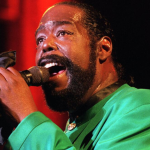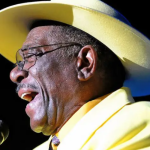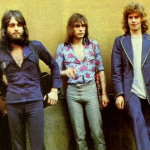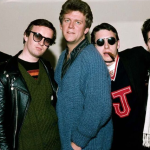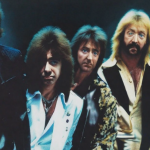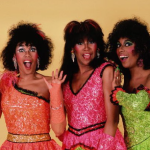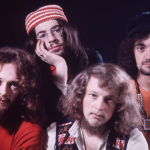Blade Runner 2049 (2017)
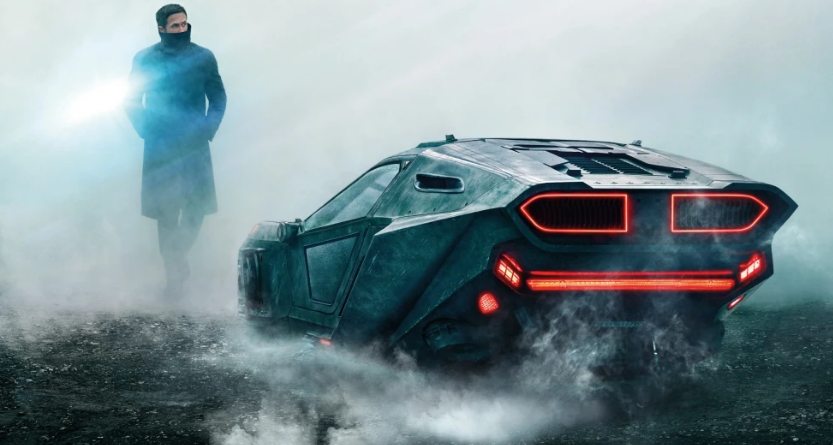
“Blade Runner 2049” (2017) is a sci-fi neo-noir film directed by Denis Villeneuve, serving as a sequel to Ridley Scott’s 1982 classic Blade Runner. Set thirty years after the events of the original, the film delves deeper into questions of identity, humanity, and the consequences of technology. It continues the exploration of a dystopian future where bioengineered beings known as replicants live among humans, raising moral and existential questions about what it means to be human.
The film stars Ryan Gosling as Officer K, a new-generation replicant working as a “blade runner” for the LAPD, tasked with hunting down older, rebellious replicants. During one of his assignments, K stumbles upon a long-buried secret that has the potential to disrupt the fragile balance between humans and replicants. His investigation leads him to Rick Deckard (played by Harrison Ford), a former blade runner who has been in hiding since the events of the first film.
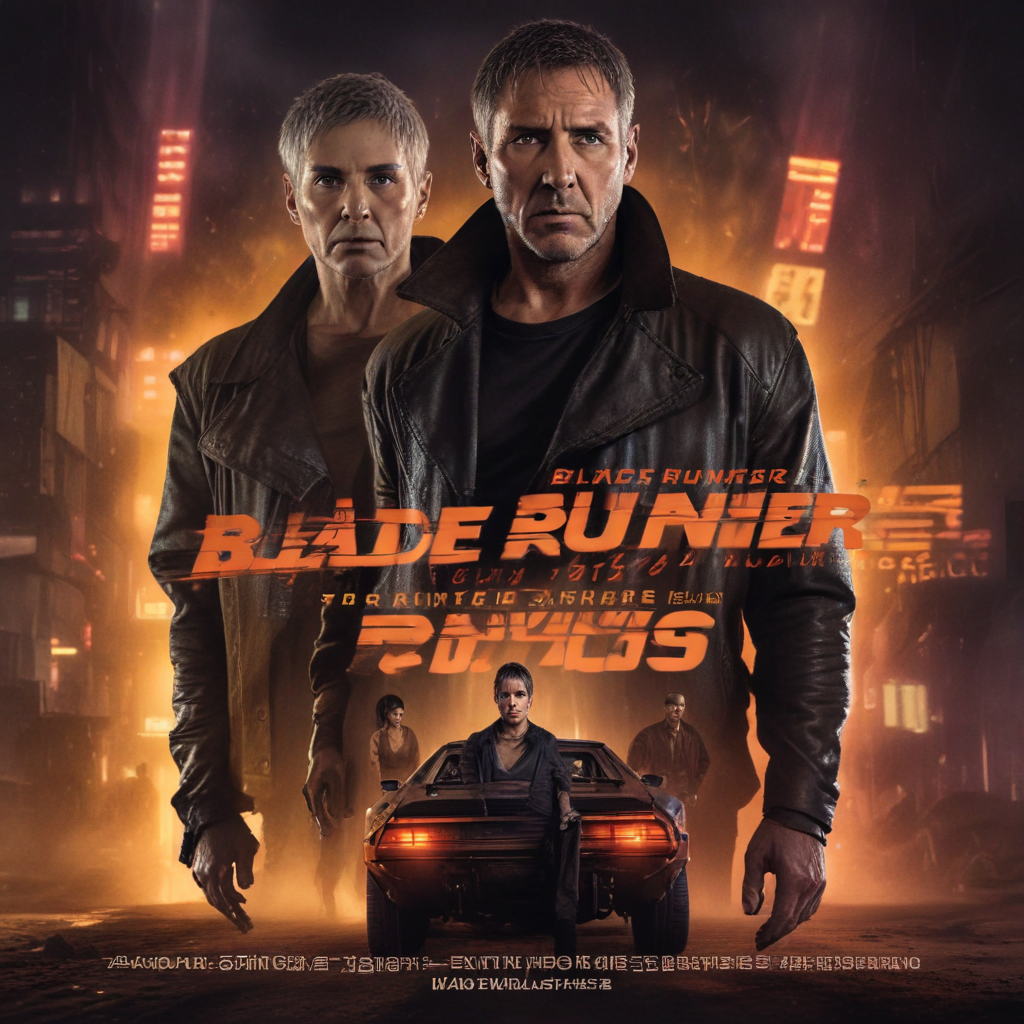
At the heart of Blade Runner 2049 are themes of memory, identity, and creation. K grapples with his own existence, questioning whether his memories and experiences are real or fabricated, and what it means for his sense of self. As he uncovers more about his origins, his journey becomes a search for truth, both about himself and the world around him.
The film’s visual aesthetic, designed by cinematographer Roger Deakins, is a standout feature. Its stunning cinematography, marked by vast, desolate landscapes, haunting urban environments, and striking use of color and light, creates a sense of scale and atmosphere that complements the philosophical depth of the narrative. The world of Blade Runner 2049 feels both familiar and eerily alien, enhancing the film’s exploration of a future shaped by advanced technology, corporate greed, and environmental collapse.

One of the major elements that defines Blade Runner 2049 is its slow, contemplative pace, which allows the audience to reflect on the questions it raises. It’s not just an action-packed sci-fi adventure but a meditative exploration of existence and the role of artificial life in society. Hans Zimmer and Benjamin Wallfisch’s score, with its deep, atmospheric tones, further emphasizes the mood of introspection and isolation that runs throughout the film.
The film also introduces Joi (played by Ana de Armas), an artificial intelligence companion who plays a significant role in K’s emotional journey. Joi’s relationship with K further explores the boundaries of human and artificial emotion, posing the question of whether love and connection can exist between beings that are created rather than born.

Harrison Ford’s return as Rick Deckard is another highlight. His character, now older and weathered, adds emotional weight to the narrative, bringing closure to the storylines left open from the original film while also offering new layers to his character’s arc. Deckard’s reunion with K is filled with tension and significance as both men, human and replicant, confront the implications of their respective roles in a world that blurs the lines between creator and creation.
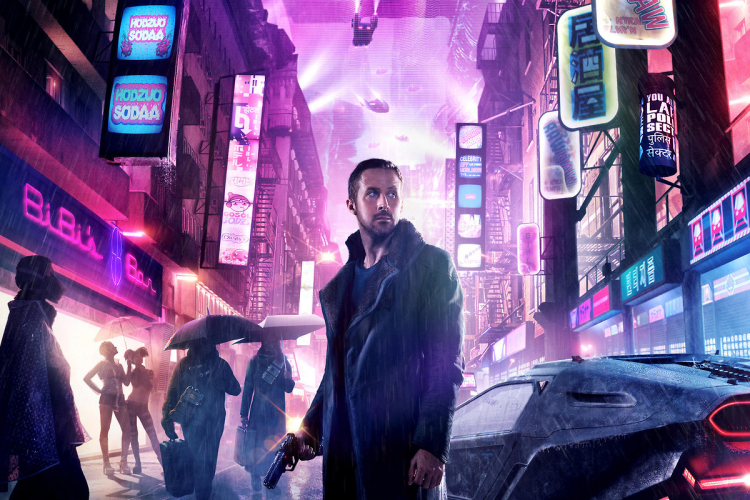
While Blade Runner 2049 was not a box office success, it was critically acclaimed for its bold artistic vision, philosophical depth, and technical achievements. It received several Academy Award nominations, winning for Best Cinematography (Roger Deakins’ first Oscar after numerous nominations) and Best Visual Effects.

In conclusion, Blade Runner 2049 is a masterful continuation of the original film’s exploration of what it means to be human in an increasingly artificial world. With its visually stunning cinematography, thoughtful narrative, and a haunting score, it stands as one of the most ambitious and thought-provoking sci-fi films of recent years. By delving into complex themes of identity, memory, and the essence of life itself, it leaves a lasting impression on viewers, much like its predecessor.
